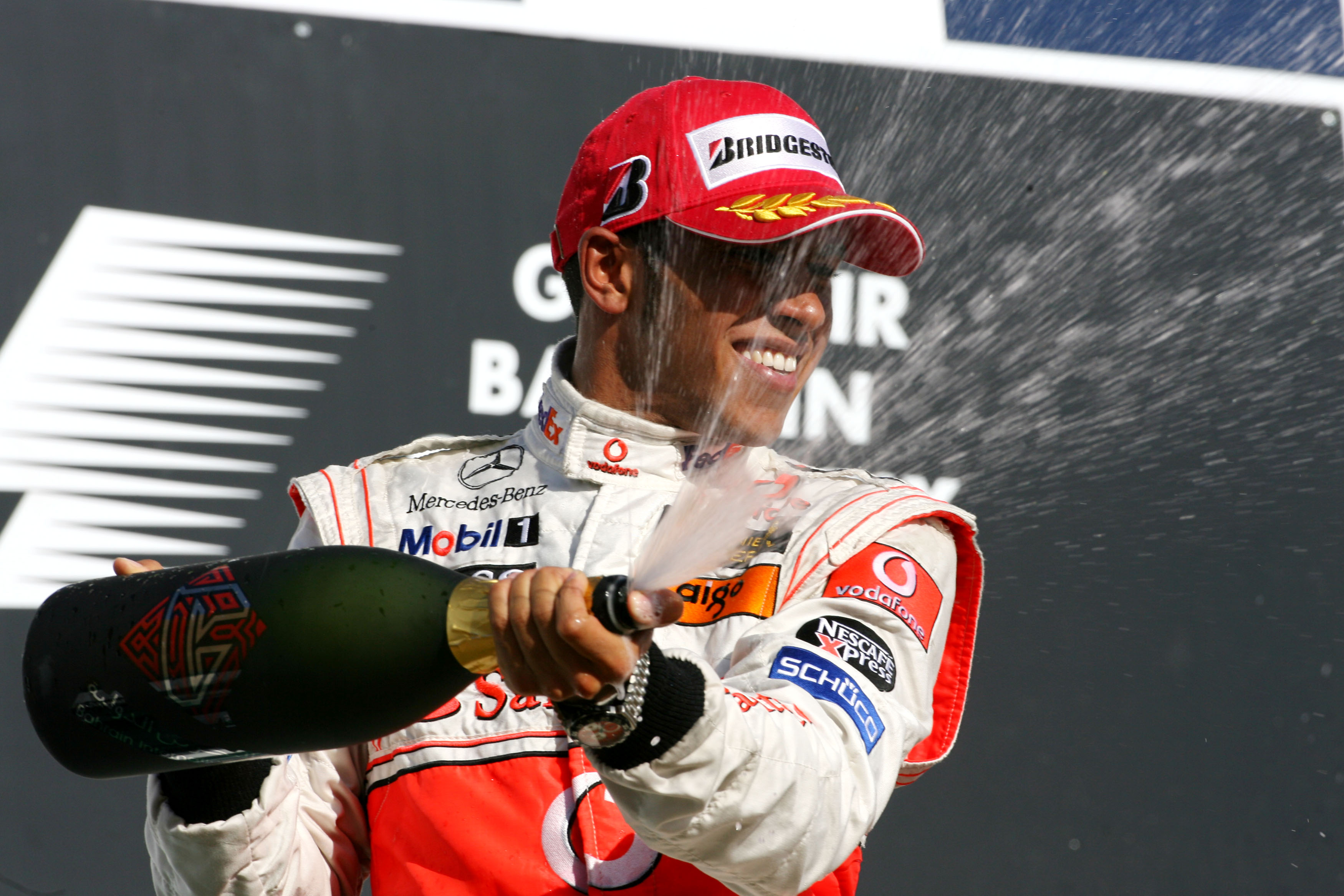Up Next

As the highest profile driver in Formula 1 and a black man, Lewis Hamilton is the only guy who could realistically lead a ‘diversity within our sport’ campaign.
Everyone else can support it of course, but Formula 1 can only follow Hamilton in this case, as motorsport’s perfect candidate to bring impetus to the issue, ‘the fierce need of now’ as Hamilton quoted Martin Luther King on.
So as F1 launches its ‘#WeRaceAsOne’ campaign, it’s a faltering step – albeit one that probably wouldn’t have been made without Hamilton’s campaigning.
The Hamilton Commission that he has set up aims to not only break down racial barriers within motorsport’s engineering level, but also to use the sport to engage more young black people in science, technology and maths.
Which is all great, but the issue of getting a more racially representative group of F1 drivers on the grid is much more complex even than that – and not one that the championship can realistically address in isolation.
There are a few obnoxious exceptions, but most people within the sport are not in the least racist. Many can honestly even say they don’t even notice skin colour.
But that’s not the issue. Motorsport likes to think of itself as a meritocracy – but it cannot be that in reality. Because machinery is expensive, impossibly so for many of those at the entry levels of the sport.
So the quality at the entry-level is only a fraction as good as it could be if getting started in the sport was no more expensive than tennis or soccer.
Karting budgets of £50,000 for kids is just nonsense. That immediately wipes out probably 90% of the potential aces – and the number just dwindles further as the steps up the ladder become yet-more obscenely expensive.
So what does that have to do with diversity? Black families are massively under-represented in the sectors of society that could afford to get someone started in motorsport. They are way over-represented in the poorer segments.
This is an issue of the western society from which motorsport originated and is still based, rather than of motorsport itself. But it’s another damning symptom of the sport being too expensive. In being so, it is depriving itself of the best talent.
It’s just a numbers game. Increase the intake and you will inevitably increase the quality.
So Hamilton, with the help of his family and McLaren boss Ron Dennis, succeeded despite unfavourable circumstances. But look how long it took for that to happen, for a Hamilton to come along. If there were 10 times as many kids, black or white, coming into the sport, it probably wouldn’t have taken that long.

It’s not only about money, of course. It’s socio-economic, not just economic. And here we have to take Hamilton’s lead when he says, “The unchanged make-up of the F1 community throughout my career makes it feel like only a certain type of person is truly welcome in this sport, one who looks a certain way, comes from a certain background, fits a particular mould and plays by certain unwritten rules.”
It’s the sort of thing that can only be clearly seen when you are outside those norms, not within it.
That’s part of a wider-ranging realignment of norms that seems to be happening. But of the things that are under motorsport’s control, finding a way of making the entry-level accessible – and to having a more structured level of financial support for the truly gifted, would not be a bad place to start.
It’s easy to support the idea of greater diversity in the sport, but much more difficult to make it happen just by willing it to be so.





